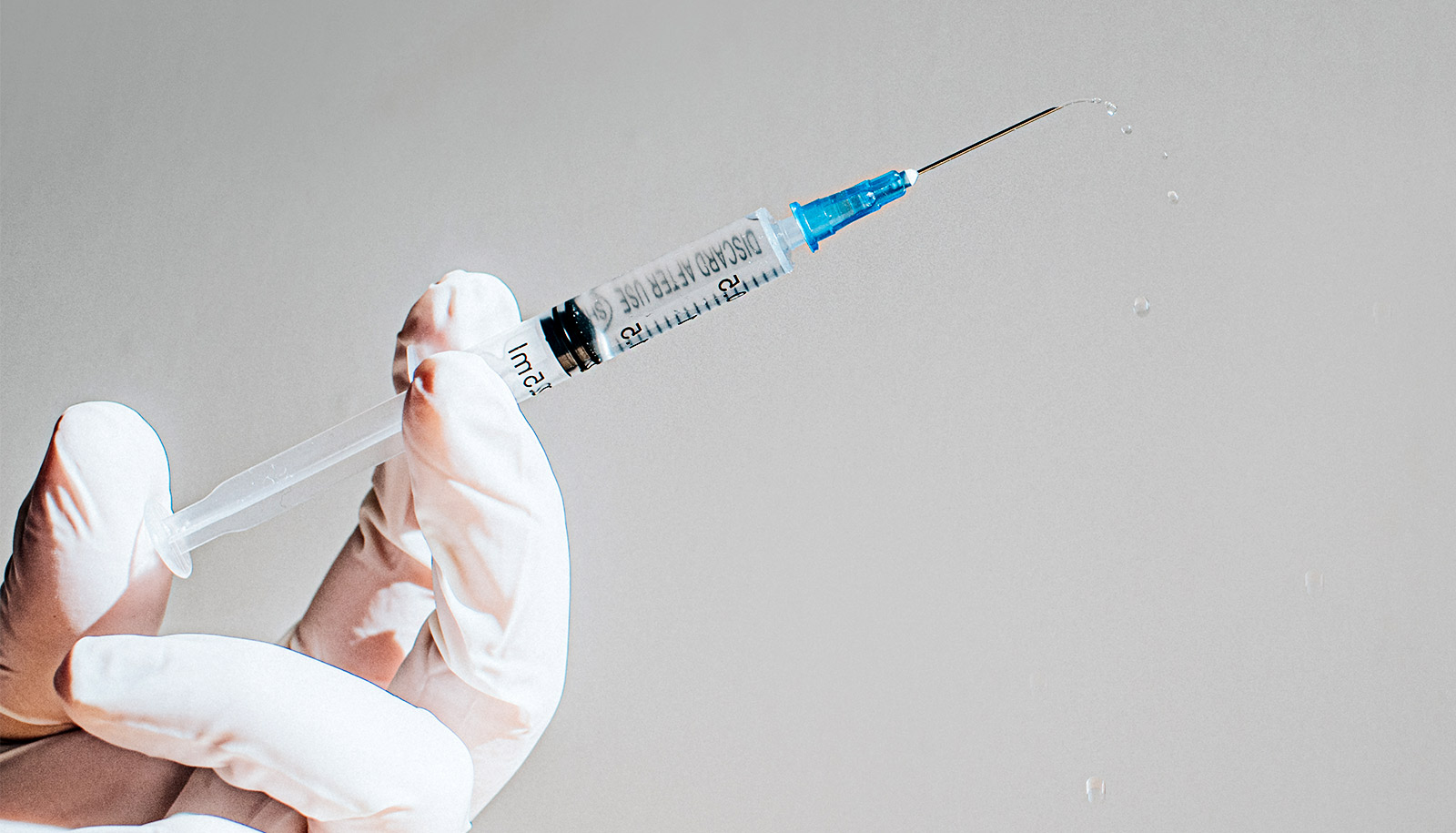Researchers have wondered why testicular cancer is so responsive to chemotherapy, even after it metastasizes. Now they have an answer.
The key to this success appears to lie in the cancer’s stem cells, which are more sensitive to chemotherapy than stem cells found in other types of cancer. Scientists say defining why testicular cancers are so susceptible to chemotherapy could eventually provide insights for treating other, more resistant cancers.
“The study provides new insights into the basis for the responsiveness of testicular cancer to chemotherapy, which has always been an intriguing observation, but the basis for it was not clear,” says Robert Weiss, professor of biomedical sciences at Cornell University’s College of Veterinary Medicine and senior author of the study in Cell Reports.
Most types of tumors contain distinct populations of cells. A small fraction of these are stem cells, which have the ability to grow new tumors from a single cell and—in most cancers—are extremely resistant to therapy. Often, other types of tumor cells are killed off during treatment, but cancer stem cells survive, then drive relapse by re-growing new tumors.
But “when testicular cancer stem cells are exposed to chemotherapy, those stem cells are actually more sensitive to it than other cells in the tumor,” Weiss says, which explains why therapy is more effective overall.
Knocking out DNA repair system could boost chemo’s kick
For the study, researchers created a mouse model that, for the first time, accurately mimics the properties of testicular cancers found in humans. In particular, the engineered mice develop cancers with the strongest expression of stem cell markers reported to date. The mouse model accurately duplicates realistic tumor characteristics, including the rate of tumor growth and the ability to give rise to several different tumor cell types.
The study also helped confirm that in humans, risk for testicular cancers begin during embryonic development and then lay dormant for 18 to 35 years.
While other cancers are known as diseases of the elderly, testicular cancers generally strike men between the ages of 18 and 40, with rates dropping in older men. Using the mouse model, the researchers reported that germ cells become susceptible to developing into testicular cancer only during a restricted period of embryonic development. As they age, they become resistant to transformation.
Cancer survivors need more than primary care
Genetic risk factors can make embryonic germ cells malignant, but when adult germ cells are exposed to the same conditions, those cells die instead of giving rise to a tumor.
“This observation aligns well with human epidemiological data and leads to a number of intriguing questions about what makes embryonic germ cells vulnerable to developing into cancer and how adult germ cells can fend off the same challenges,” Weiss says.
Future work may provide clues for treating other cancers if researchers can identify what features of the testicular cancer stem cells make them responsive to chemotherapy and compare those features in other tumor types.
The New York State Stem Cell Science and the National Cancer Institute’s Provocative Questions Initiative funded the work.
Source: Cornell University



